We all know that to build more resilient infrastructure, we need to invest more; but how much more is enough?
Our last blog showed that the Caribbean islands lose an average 2% of their capital stock in infrastructure because of climate-related events every year. This would be equivalent to having all the infrastructure capital stock in the Caribbean islands destroyed and rebuilt every 50 years, which means having to divert funds and political efforts that could otherwise be used, for example, on social matters.
Within this context, the importance of building better and stronger infrastructure appears clear, but this comes at an extra initial investment cost. Is there economic value in building resilient infrastructure considering their entire life cycle? And if so, is it the same for all building categories and in every Caribbean country?
The second publication from the “Building a more resilient and low carbon Caribbean” series demonstrates that using resilient materials and construction methods in the Caribbean makes economic sense for building owners across a wide range of building types and construction options.
How did we reach these conclusions?
The study calculated the total estimated cost of building and maintaining a series of eight building typologies during their life cycle (50 years), constructed with building materials and construction methods alternative to those most commonly used in the Caribbean (business-as-usual building construction methodology – BAU).
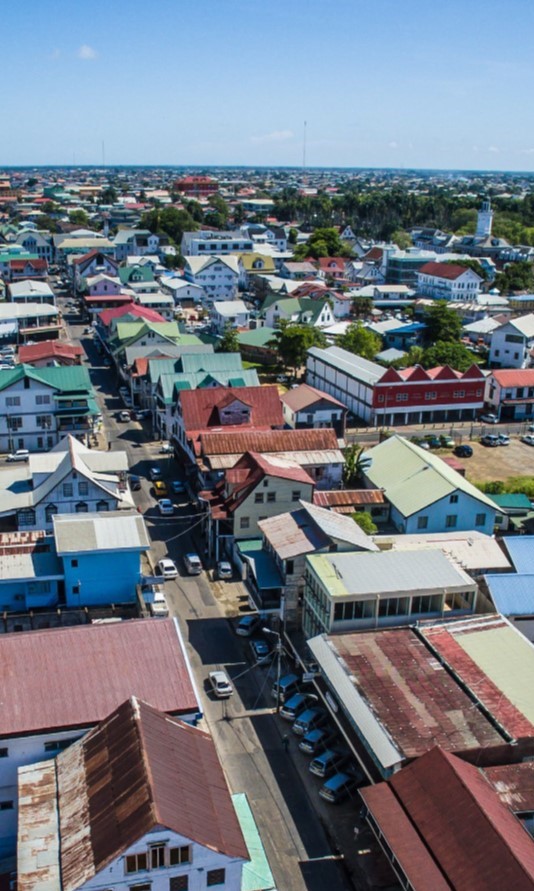
The total estimated cost included not only the construction investment costs, but also costs related to maintenance during their lifetime, hazard costs (the annual risk of damage from climate impacts), energy costs, and CO2 costs (including CO2 embedded in the building materials and from annual energy use).
The eight building typologies analyzed were: a standalone house, a standalone social house, an apartment building, a social housing apartment building, a hotel, an outpatient clinic, a hospital and a school.
The three options of building materials assessed in the study were: i) a wooden building; ii) a concrete block building; and iii) an in-situ reinforced concrete building. The study analyzed the impact of using more resilient materials in five key building components: foundation slab, roof, outer walls, inner walls, and window frames.
The two alternative construction methods modeled were: i) standard construction methods, with standard roofing and cladding connections, and standard glass windows without shutters; and ii) enhanced construction methods, with resilient design, including roof straps, enhanced shingle and cladding connections, and enhanced window glass and steel storm shutters. In addition, all concrete-based cases were analyzed with three different concrete options: standard concrete, pre-conditioned resin aggregate (PRA) concrete and coconut fiber concrete.
Finally, two Caribbean countries with different risk areas associated to hurricanes were selected: Dominica (representing the High Hurricane Risk region), and Grenada (representing the Low Hurricane Risk region).
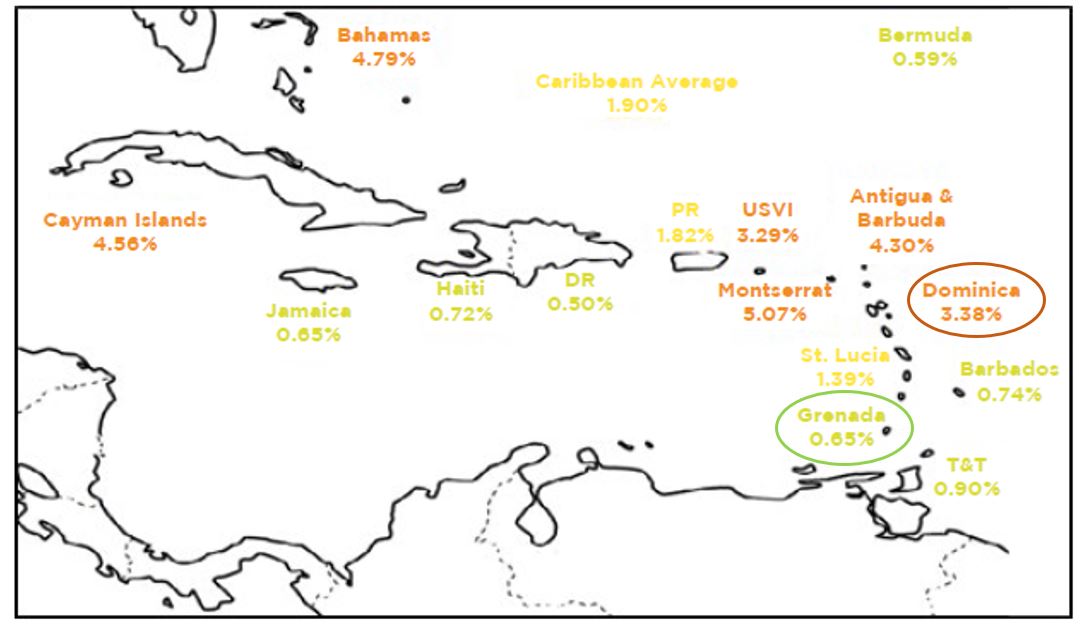
After calculating 101 different alternative options for each building category and in each country, the analysis concluded that using resilient materials and construction methods in the Caribbean is economically beneficial across a wide range of building types and construction options.
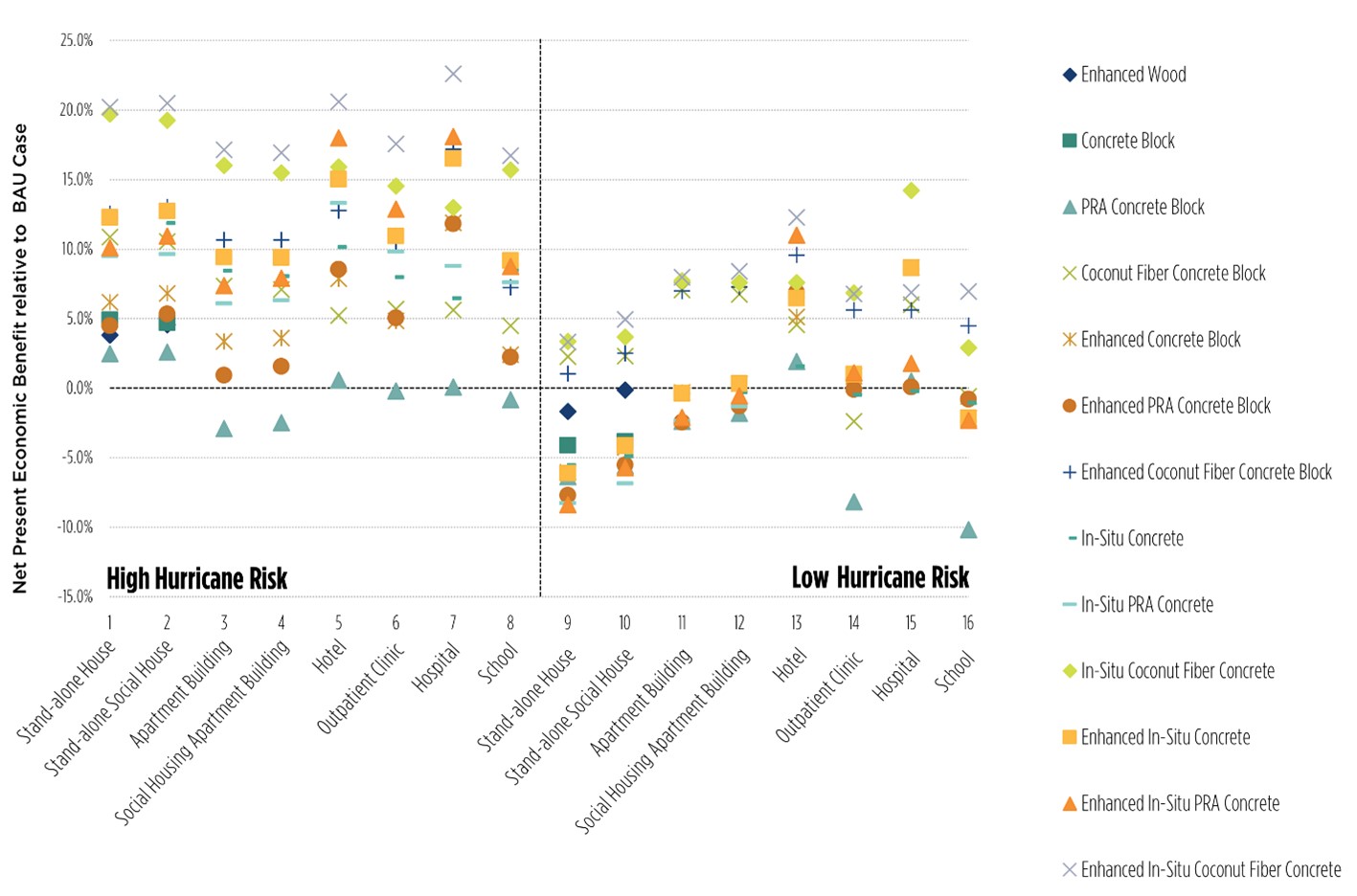
As shown in the graphic above, in the High Hurricane Risks area the economic benefit of using resilient materials and construction methods is positive for almost all of their combinations, with only a few exceptions, reaching up to 22% of savings compared to a building typically built in the Caribbean. On the other hand, in the Low Hurricane Risk area the economic benefit was much lower, showing a negative economic benefit relative to the BAU case in some cases, since the initial investment for building resilient construction is higher and the risk of damages is lower.
In simple words, considering the 50-year lifespan of a building, a resilient infrastructure solution in the High Hurricane Risk region can actually be up to 22% cheaper than a business-as-usual infrastructure alternative, and those with greener materials are the ones with the highest economic benefits. Investing in greener and more resilient materials can be worth it!
Do you want to know more? Download our latest publication and stay tuned for our next blog on how subsidized financing can support resilient building construction!

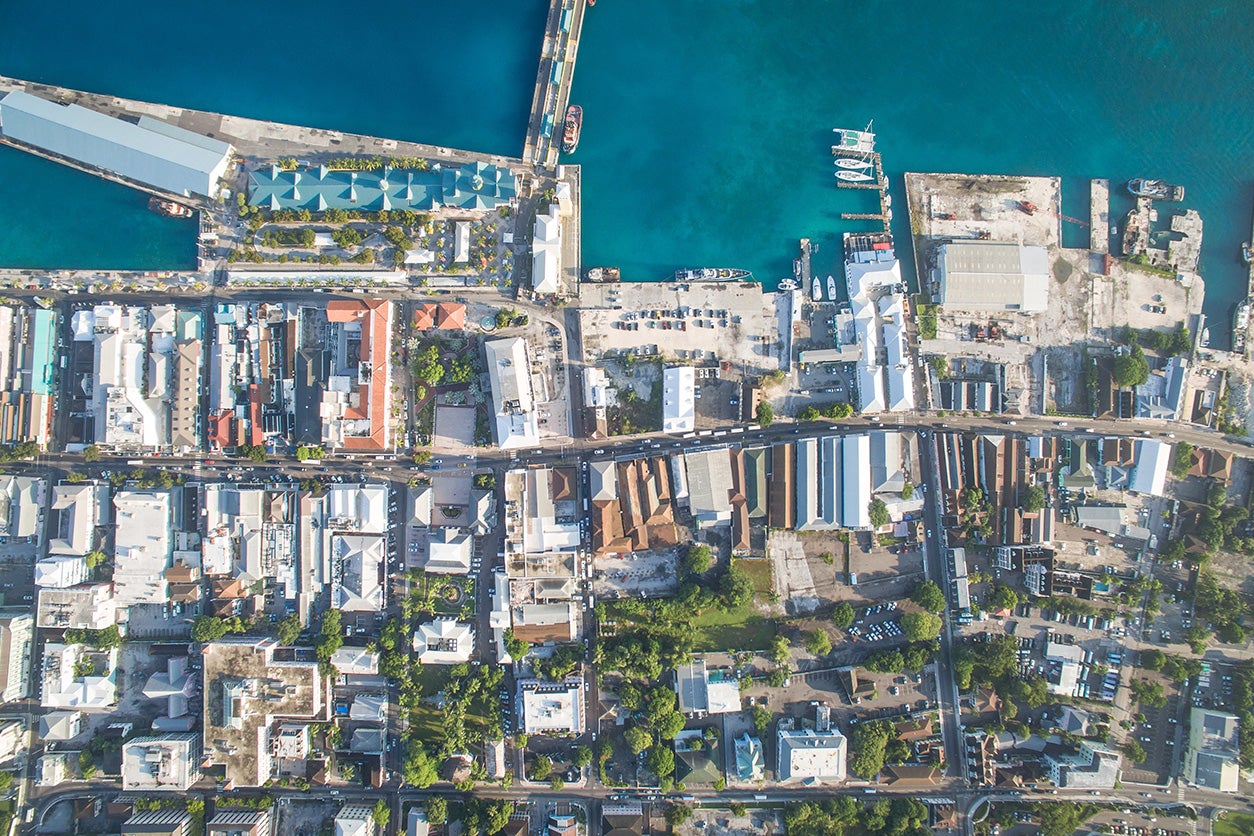
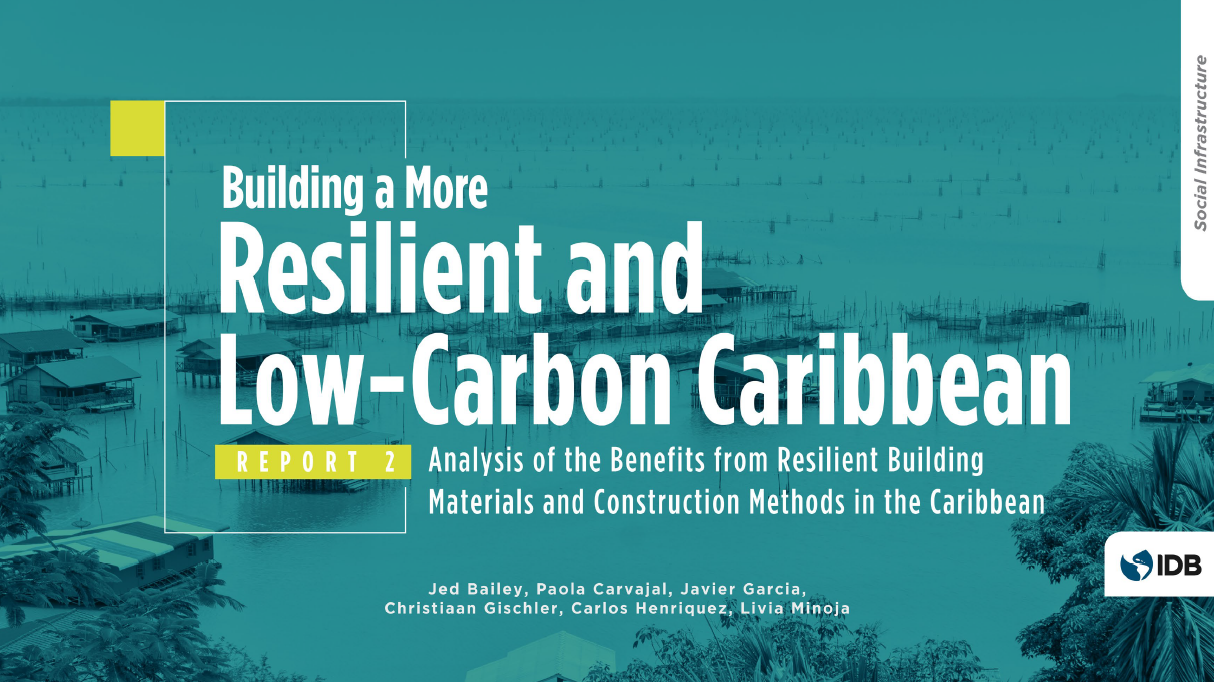
Leave a Reply